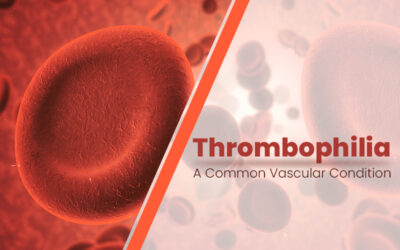There is an increasing focus on the quality of care, whether its prevention, early diagnosis of illness, or therapeutic services. HEDIS ((Healthcare Effectiveness Data and Information Set), created by NCQA (National Committee for Quality Assurance) grew of the need to improve the level of care. HEDIS is currently the most widely used set of performance measures in the managed care industry.
Adherence to these performance measures is important for both payers and providers. A managed care plan that complies with the NCQA norms is an indication of its quality and value. To receive credit and reimburse claims for the well-care HEDIS measure, physicians’ practices need to code services provided using the right CPT® and ICD-9 codes.
HEDIS includes 75 quality measures across 8 domains of care. For 2013, Medicare Advantage Organizations (MAOs) and other relevant organizations must submit audited, summary-level HEDIS data for plan services covered in 2012 (the measurement year) to NCQA. Ensuring compliance before the June 13, 2013 deadline can be quite challenging. You would need to have a big team of certified and experienced coders working on your project. Whether you are a payer or physician, the best way to enhance payment integrity, appropriate coding, and proper reimbursement, is to entrust the task to an experienced service provider. A professional company can help you resolve your NCQA compliance challenges by first mobilizing and aggregating all the relevant clinical data. All relevant procedures are accurately coded using ICD or CPT codes to ensure complete and accurate claims.
Sometimes, appropriate services are provided but not captured by claims data due to improper coding or failure to submit a claim for rendered services. The right service provider can overcome such issues with professional HEDIS medical chart reviews. Partnering with the right HEDIS coding company can definitely increase the volume of claim data.




